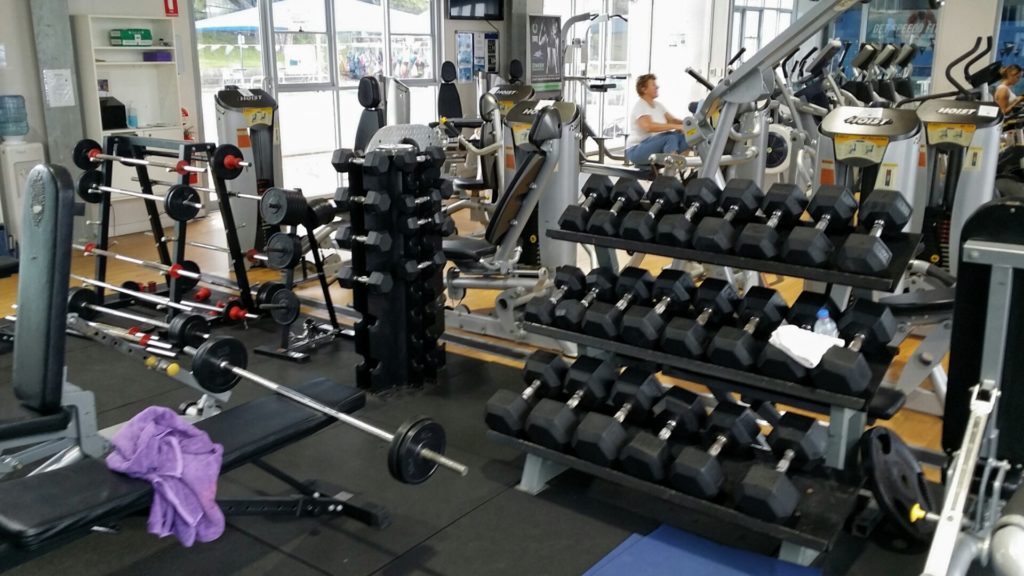With increasing popularity of the CrossFit training program, we have been seeing some happy customers as well as the other side of the spectrum: very bad injuries.
It seems like the level of happiness depends largely on the credibility of the program.
A little bit of background information: CrossFit training was developed initially as the principal conditioning program for police academies, tactical operations teams, military special operations units, champion martial artists and elite athletes worldwide.
The beauty of the program is that it can be performed by a 60-year old rookie or a 25-year old cage fighter alike without modifying the work out.
How is this possible? Of course there is a lengthy process of conditioning the rookie will require to bring him or her to that top level. There are no miracles in life.
The “scalability” is the advantage of CrossFit in a well-motivated individual.
Unfortunately, this is also its’ biggest down side leaving a lot of room for error.
Significant injuries can occur if the CrossFit rookie—or veteran—is pushed too hard, too fast without proper knowledge of the human anatomy, physiology and biomechanics. We’ve been seeing an increase in less common injuries such as a distal biceps rupture as a result Cross Fit competitions.
The incidence of the distal biceps rupture is approximately 1in 100,000 patients a year. It is more common in males in the 5th and 6th decade of life and smokers. The likely theory is biceps tendon degeneration.
We are now seeing more acute distal biceps tendon injuries in men in their 30s. Common mechanism is excessive eccentric tension as the arm is forced from a flexed position. WOD translation: Kipp Pull Ups, Butterflies and Muscle-ups, if performed improperly, can cause this injury.
The symptoms are usually sharp tearing pain at the elbow, swelling and a palpable defect.
Beware that the distal biceps tear will need to be repaired surgically with the recovery period of close to 6 months.
Not something you want to put yourself through because of a beloved workout. This isn’t tennis elbow or a wrist sprain that can be resolved with some physical therapy. These are seriously disabling injuries.
I am not propagating dropping out of your CrossFit gym and switching to power walking.
What I am trying to say is that choosing the right CrossFit gym could make a difference between taking pride in improvement of your physical abilities and strength or spending the next 6 months in the doctor’s office and occupational therapy.
Take the time to research the CrossFit Gym you are about to join, legitimacy of the instructors and their training. Take this just as seriously as buying a new house. This could turn out to be a bigger investment in your future.
Julia Mayberry, M.D., specialist hand and upper limb surgeon, Lankenau Medical Center and Riddle Memorial Hospital, USA.
Originally posted philly.com 6th December 2013
CrossFit can most certainly be an exceptional workout. But it is paramount to consider your predisposing weaknesses and biomechanical imbalances before you begin training to reduce your risk of injury. Equally important is to use proper training technique and safe exercise progression – “Take the time to research the CrossFit Gym you are about to join, legitimacy of the instructors and their training”.
Contact one of our physiotherapists to arrange a screening before you engage in CrossFit or to discuss safe progression of your workouts.























